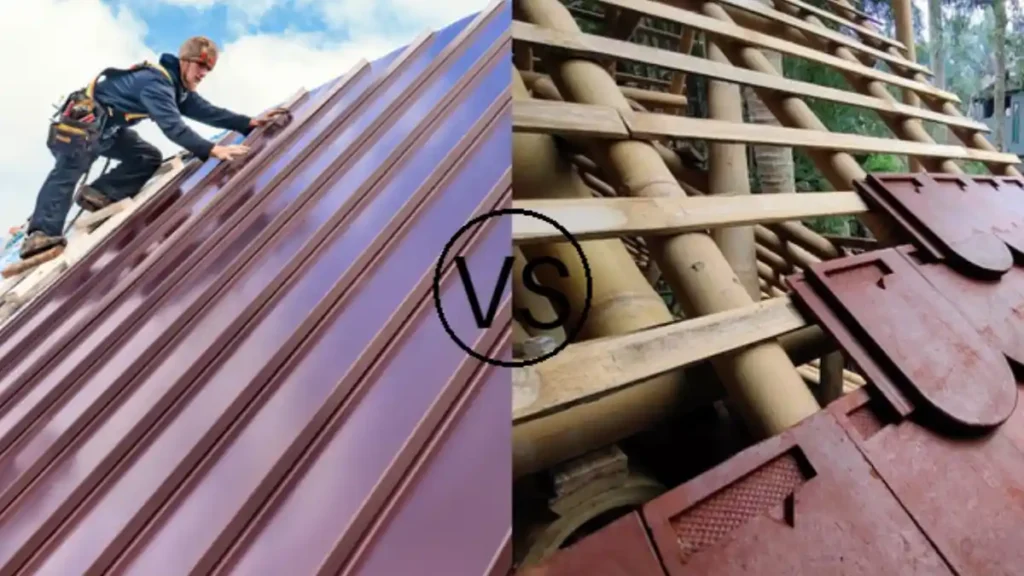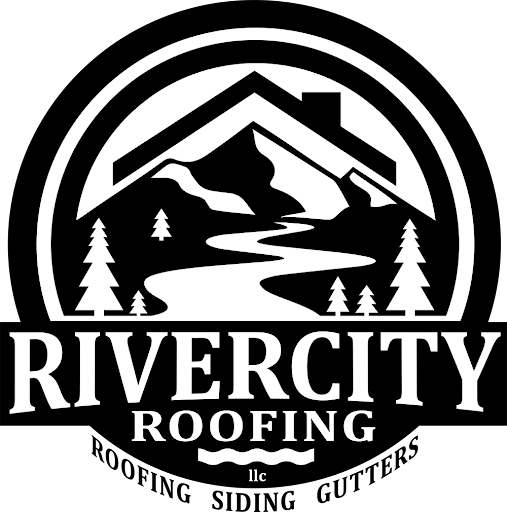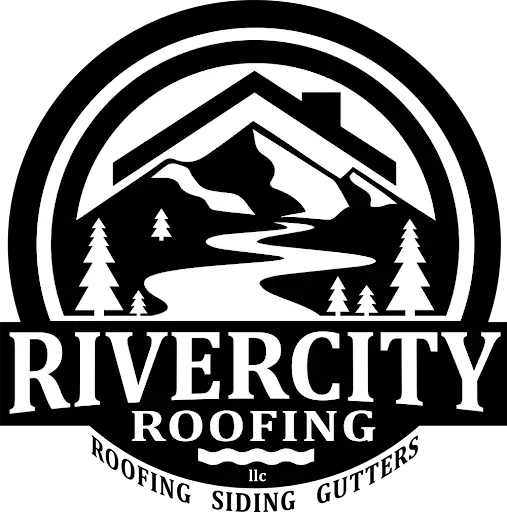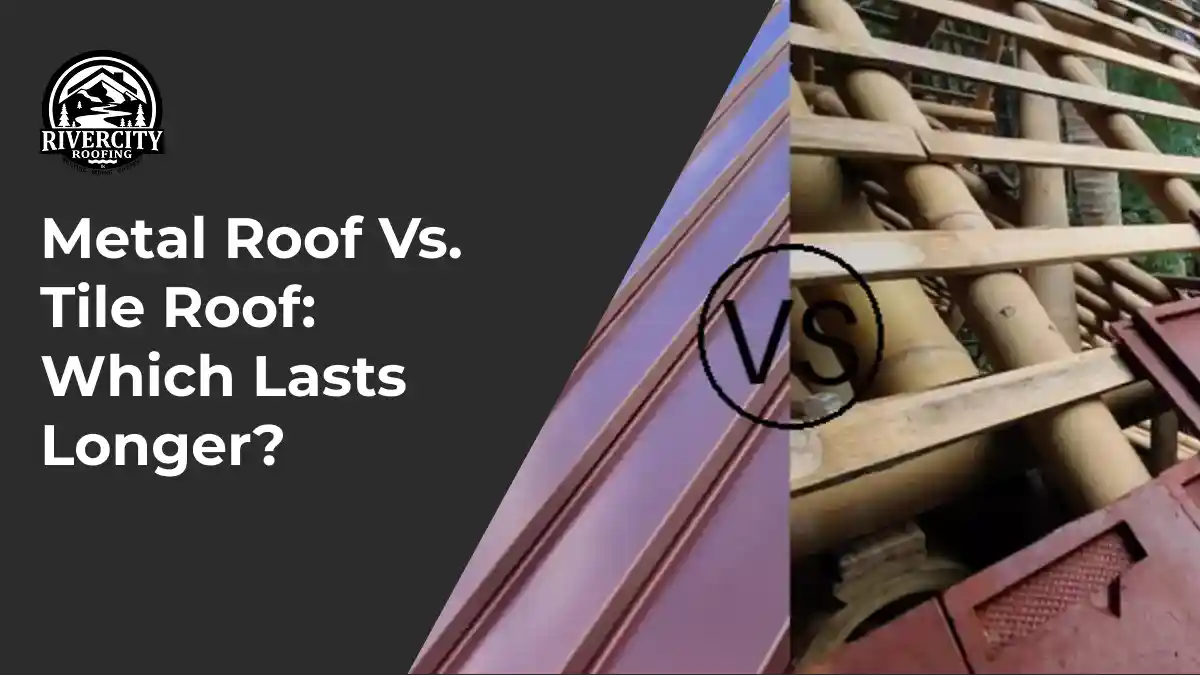Metal and tile roofs stand out as two of the most durable roofing options available today. A metal roof protects your home for 40 to 70 years, while tile roofs last even longer – beyond 100 years with proper care. These lifespans make both options a great long-term investment to protect your home.
The durability of these materials is remarkable. Metal roofs can withstand winds up to 140 mph, and tile roofs handle even stronger gusts exceeding 150 mph. Metal roofing costs range from $5 to $14 per square foot, and tile roofing runs between $7.35 to $25.00 per square foot. The original costs should be balanced against their lasting benefits.
Your home’s best roofing choice depends on several factors. We’ll compare these materials’ durability, maintenance needs, and overall value to help you decide. This Metal Roof vs Tile Roof guide explores the unique strengths of both options and helps you make the right investment choice for your specific situation.
Metal Roof vs. Tile Roof: Lifespan Comparison

Metal and tile roofs are exceptional choices for homeowners who want durability. Let’s explore how long each option really lasts.
Metal roofs can protect your home for 40-70 years based on the type of metal you choose. Standing seam metal roofs tend to last longer because their fastening system keeps the elements out better. Copper and zinc roofs can even last over 100 years if maintained well, which puts them on par with tile options.
Tile roofs, especially clay and concrete ones, have impressive lifespans too. Clay tiles usually protect homes for 50-100 years, while concrete tiles last 30-50 years. Premium clay tiles can shield your house for centuries in the right climate conditions.
These factors affect how long your roof will last:
- Material Quality – Premium metals like copper and high-fired clay tiles last longer than basic options
- Climate Conditions – Your local weather affects each material’s performance
- Installation Quality – Expert installation helps your roof last longer
Metal roofs work great in snowy areas because snow slides right off their smooth surface. This prevents damage from too much weight. Tile roofs shine in hot climates where they help keep temperatures stable.
Your specific situation determines which material will last longest. Tile roofs handle coastal salt exposure better than metal because they resist corrosion. Both materials protect well against wildfires, though tiles offer slightly better protection.
Roof pitch plays a big role in longevity. Steeper roofs last longer because water and debris slide off easily. This reduces damage from trapped moisture.
Think over your climate and home’s style when choosing between these durable options. Both choices will protect your home for generations if you maintain them properly.
Free Roof Inspections. Fast. Reliable.
Is your roof ready to weather the storm? Dont risk property damage. Our free roof inspections provide expert analysis to identify potential issues before they become costly problems.
Durability Factors: What Makes These Roof Materials Last
Metal and tile roofs stand out for their amazing durability. Several factors make them last longer than other roofing materials. Let’s learn about what makes these materials the most long-lasting options you can find.
The exceptional lifespan of metal roofing comes from what it’s made of. Steel roofs get a protective coat of zinc or a zinc-aluminum mix (Galvalume) that shields them from rust and corrosion. High-end metals like copper and zinc get even better with age. They develop a natural patina that makes them more protective over time.
These materials handle extreme weather differently but effectively. Metal roofs use interlocking panels that create a smooth surface. This design keeps water out and makes leaks less likely. Clay and concrete tiles work differently – their density and thermal mass help them stand up to intense sunlight without damage.
Your roof’s lifespan depends on these structural features:
- Metal Roofing: The light design (1-3 pounds per square foot) puts less stress on your home’s frame and stops sagging
- Tile Roofing: The dense material (600-1,000 pounds per square foot) resists damage from hail and flying debris better
Your home’s location affects how well these materials perform. Tiles often work better than standard metals in coastal areas because salt spray can rust lower-quality metals faster. Clay tiles shine in hot climates. Their natural heat-handling properties help control temperature changes that make other materials wear out quickly.
Roofs usually fail where they’re fastened or joined together. Metal roofs with hidden fasteners resist wind uplift better than those with exposed ones. Tile roofs work with proper underlayment to create multiple defense layers. This system stays strong even if some tiles get damaged.
Must Read: How Much Does It Cost to Put a Metal Roof on a 3,000 Sq Ft House
Maintenance Requirements and Long-Term Costs
The true value of your roofing investment goes beyond the original installation costs when you match metal roofs against tile roofs. Your choice will affect both maintenance needs and long-term finances.
These materials need different levels of care. Metal roofs are low-maintenance and need just yearly inspections with occasional cleaning to clear debris. Tile roofs need more attention. You’ll have to replace cracked or broken tiles quickly to stop water damage. Weather damage also means you should check regularly for loose tiles.
The long-term costs tell an interesting story. Metal roofs need repainting every 10-15 years to keep their protective coating intact. This costs about $1,500-$2,500 each time. Tile roofs might need more frequent fixes, but each repair costs less since you usually replace just a few tiles at a time.
Your insurance rates might drop with the right roof choice. Many insurance companies give discounts for metal roofs because they resist fire better and stand up to harsh weather. These savings can range from 5-35%, depending on where you live and your insurance provider.
Both materials are great investments:
| Aspect | Metal Roof | Tile Roof |
|---|---|---|
| Maintenance Frequency | Every 1-2 years | Every 6-12 months |
| Average Annual Cost | $100-$200 | $150-$400 |
| Energy Savings | 10-25% | 20-30% |
Both options help cut energy costs effectively. Metal roofs reflect sunlight and can lower your cooling bills by up to 25%. Tile roofs’ thermal mass helps keep indoor temperatures stable through the seasons.
Must Read: Metal Roof vs Shingles Cost: Which is More Affordable
Comparing Metal and Tile Roofs: A Complete Guide
| Feature | Metal Roof | Tile Roof |
|---|---|---|
| Lifespan | 40-70 years (standard) 100+ years (copper/zinc) | 50-100 years (clay) 30-50 years (concrete) |
| Wind Resistance | Up to 140 mph | Over 150 mph |
| Cost (per sq ft) | $5 – $14 | $7.35 – $25 |
| Weight | 1-3 pounds per sq ft | 600-1,000 pounds per sq ft |
| Maintenance Frequency | Every 1-2 years | Every 6-12 months |
| Annual Maintenance Cost | $100-$200 | $150-$400 |
| Energy Savings | 10-25% | 20-30% |
| Additional Maintenance | Repainting every 10-15 years ($1,500-$2,500 per cycle) | Individual tile replacement as needed |
| Climate Performance | Heavy snowfall areas | Hot climates, coastal areas |
| Key Benefits | – Snow slides off smooth surface – Leak protection from interlocking panels – Potential insurance discounts | – Strong resistance to corrosion – Enhanced thermal properties – Maximum fire protection |
Conclusion
Metal and tile roofs are exceptional choices to protect your home for decades. Our detailed comparison shows both materials are incredibly durable. Tile roofs can last over a century while metal roofs provide 40-70 years of reliable protection.
Your home’s climate plays a key role in picking the right roof. Metal roofs work best in snowy regions. Tile roofs are a better match for hot, coastal areas. The maintenance needs vary by a lot. Metal roofs just need yearly inspections. Tile roofs require more frequent checks but repairs usually cost less.
Your specific situation should guide this important decision. Consider your area’s weather patterns, budget, and home’s architectural style. Both options deliver outstanding value through energy savings, durability, and boost your property’s value.
Ready to pick the best roof for your Portland home? River City Roofing’s expert team provides professional consultation and installation services. Call them at +1 (503) 430-7178 or email [email protected] to discuss your roofing needs with Portland’s trusted specialists.



